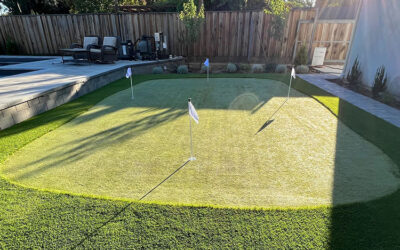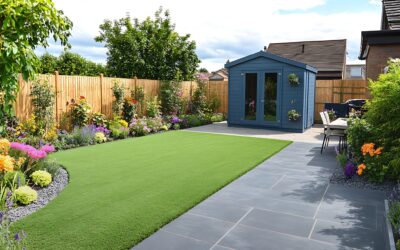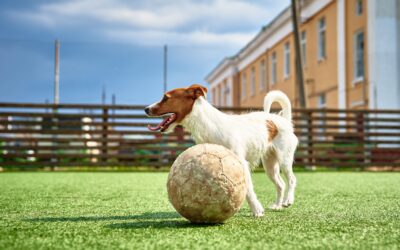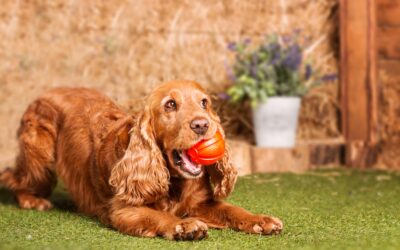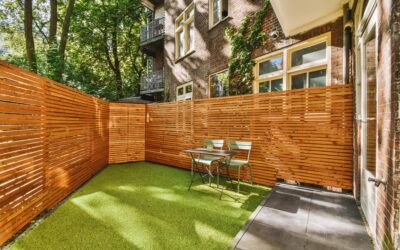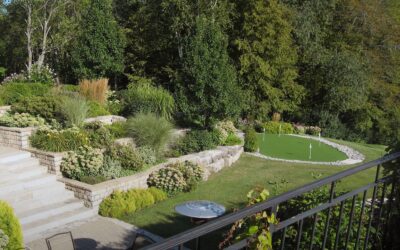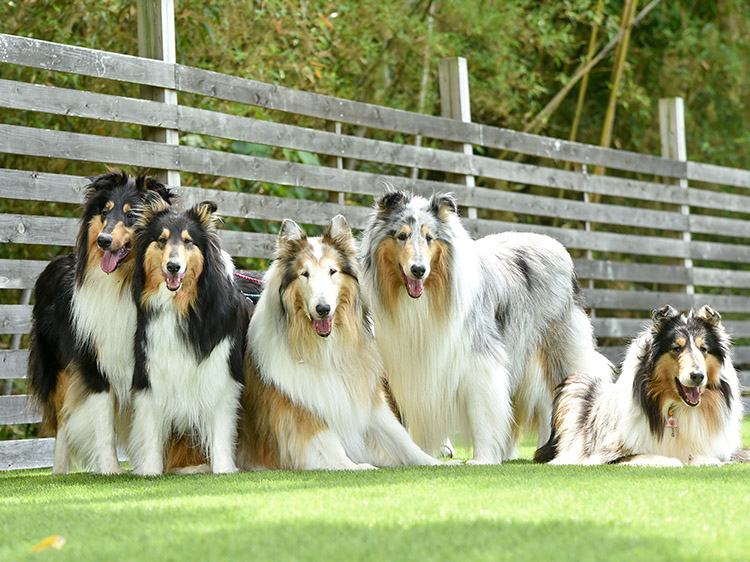
Artificial turf for pets in Seattle is a popular alternative to natural grass for many pet owners, as it’s low-maintenance and durable. However, not all artificial grass is created equal when it comes to pets. To ensure your artificial grass is pet-friendly, there are several steps you can take. In this post, we’ll share seven ways to make your artificial grass more pet-friendly.
Install a Good Drainage System:
Pets need to go potty, and urine and feces can leave behind unpleasant odors and stains on artificial grass. To prevent this, make sure your artificial grass for dogs in Seattle has an effective drainage system in place. Proper drainage ensures that urine and other liquids are quickly absorbed and don’t sit on the surface of the grass. This helps to prevent odors and keeps the lawn clean and hygienic.
Choose Pet-Friendly Materials:
When selecting the artificial grass for your lawn, make sure it’s made from pet-friendly materials. Some types of artificial grass can contain harmful chemicals that may be dangerous to pets if ingested. Look for a product that is certified as safe for pets and free from lead, heavy metals, and other toxic substances.
Regular Cleaning:
Regular cleaning is essential to maintaining a pet-friendly artificial grass lawn. Remove pet waste as soon as possible, and regularly hose down the lawn to remove any lingering odors or bacteria. Consider using a pet-friendly cleaner to disinfect the lawn and remove any stains.
Provide Shade and Water:
Just like humans, pets need shade and water to stay comfortable on hot days. Make sure your lawn has a shaded area where pets can relax and cool down. You can also provide water bowls around the lawn to keep your pets hydrated.
Use Pet-Friendly Infill:
Artificial turf for pets in Seattle infill is a layer of material that is added on top of the artificial grass to provide cushioning and improve drainage. Some types of infill, such as silica sand or rubber, can be harmful to pets if ingested or inhaled. Consider using pet-friendly infill, such as coconut fiber or cork, which are safe for pets and provide similar benefits.
Create a Designated Potty Area:
To prevent your pets from going potty on the artificial grass, create a designated potty area. This can be a separate section of the lawn or a specific spot in the yard. Training your pets to use the designated potty area can help to keep the rest of the lawn clean and hygienic.
Provide Plenty of Toys:
To keep your pets happy and engaged, provide plenty of toys on the artificial grass lawn. Toys such as frisbees, tennis balls, and chew toys can provide entertainment and exercise for your pets. Just make sure to supervise your pets when they’re playing with toys to prevent any choking hazards or accidents.
Creating a pet-friendly artificial grass lawn requires careful consideration of safety, comfort, and hygiene. By following these seven tips, you can create a space that is safe and comfortable for your furry friends, while also being low-maintenance and durable. When you install synthetic grass in Seattle lawn, it will not only make your pets happy, but it will also make your life easier as a pet owner.


